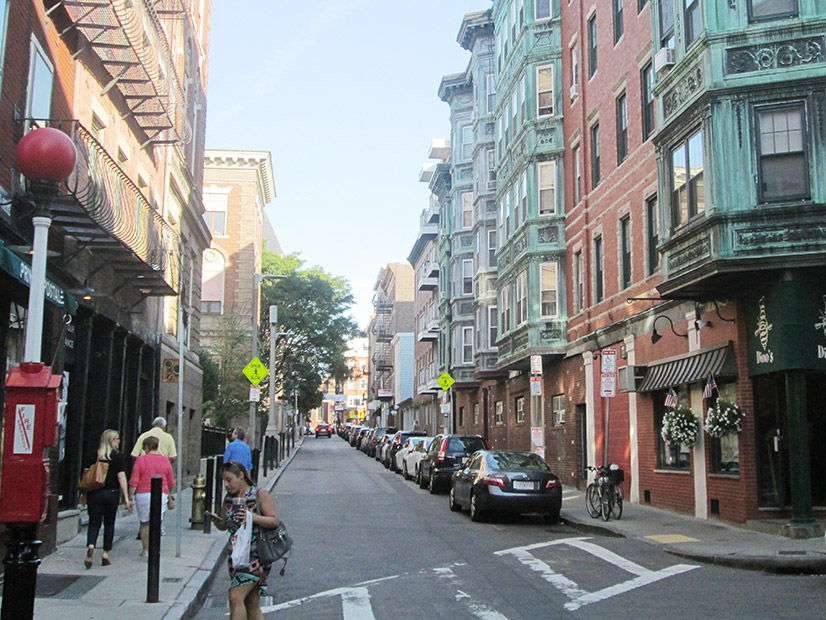
Massachusetts has set a greenhouse gas emission-reduction goal specific to its upcoming three-year energy efficiency plan.
Energy and Environmental Affairs Secretary Kathleen Theoharides set the new goal in a letter Thursday to the state’s Mass Save efficiency program administrators, as directed by the Climate Act passed this spring.
“Our Mass Save programs will be a key policy driver to meeting our GHG emission-reduction requirements, and the programs must reflect this imperative,” Theoharides said in the letter.
The efficiency plan for 2022-2024, which state regulators will receive in October for their approval, will require the programs to reduce GHG emissions by a total of 845,000 metric tons of carbon dioxide equivalent (MTCO2e). Reductions of 504,000 MTCO2e and 341,000 MTCO2e must be achieved for the electric and natural gas efficiency plans, respectively.
Six utilities develop and administer the Joint State Wide Electric and Gas Three-Year Energy Efficiency Plan. They submit it first to the Energy Efficiency Advisory Council, which has been taking comments on a draft since April. That draft recognizes the state’s aggressive climate goals, but the utilities prepared it before the Climate Act became law, and it does not envision how it will meet a program-specific emission-reduction goal.
A draft resolution by the council on the proposed plan acknowledges that gap. If the council adopts the resolution, it would direct the utilities to further refine the plan to reflect the new reduction goals and submit a revision by Sept. 1.
While the new emission-reduction goals are applicable through 2024, Theoharides considered future timelines in her letter.
The Climate Act requires the secretary to set new goals for subsequent three-year efficiency plans, which will build on the preceding plan reductions. In addition, the act directs the secretary to set interim emissions limits and sector-specific sub-limits every five years, with 2025 and 2030 limits due next July.
Theoharides, therefore, recommended in her letter that the utilities target emissions reductions for 2025 and 2030 in residential and income-eligible and commercial and industrial electric and gas energy efficiency.
The cumulative annual emission-reduction targets for residential and income-eligible electric and gas are 644,000 MTCO2e in 2025 and 542,000 MTCO2e in 2030. For commercial and industrial electric and gas, the targets are 452,000 MTCO2e in 2025 and 303,000 MTCO2e in 2030.
Theoharides noted that meeting the 2025 and 2030 limits and sub-limits will require energy-efficiency measures in the draft plan and its successor to be “sufficiently long-lasting.” And because there is a disconnect between the timelines for the three-year efficiency plans and the five-year emissions limits, she said “the legislature might consider changing the energy-efficiency plans to five-year terms.”
The secretary also set out priorities for how the utilities should achieve emission reductions consistent with a council resolution passed in March. Those priorities include, among other things, significantly increasing the number of buildings that will be retrofitted and weatherized ever year and committing to phasing out fossil fuel incentives.
The council will hold its next meeting on the draft three-year energy-efficiency plan on July 28.

